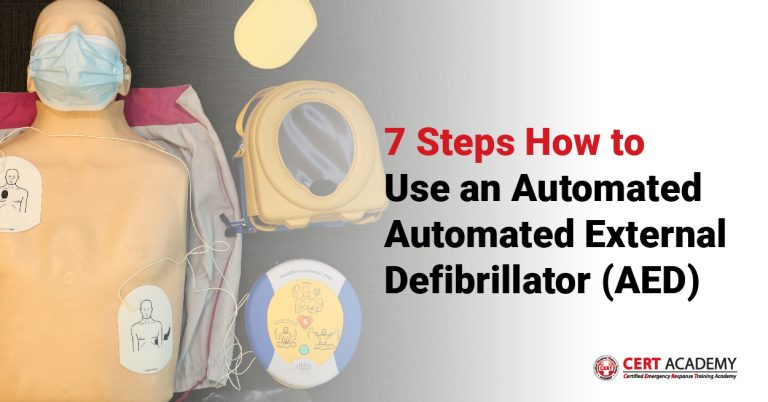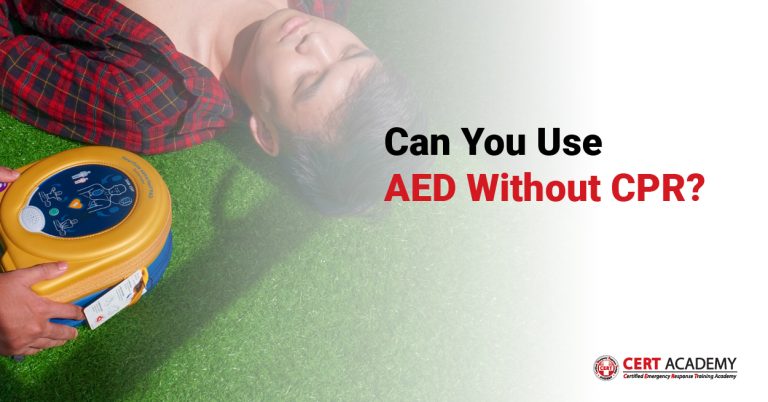Call Us +603-8066 8665
Providing Basic life support for Epileptic Seizures
Epileptic seizures can be distressing and frightening experiences for both the person having the seizure and those witnessing it. Understanding how to provide effective first aid for epilepsy is crucial not only for the immediate safety of the individual but also for reducing the stigma surrounding this condition. This article aims to provide a comprehensive guide on how to respond to epileptic seizures with empathy, confidence, and safety in mind.

- Recognizing an Epileptic Seizure.
The first step in providing effective first aid for epilepsy is recognizing the signs of a seizure. Seizures can manifest in various ways, but common indications include:
- Loss of awareness: The person may appear to be staring blankly or seem disoriented.
- Involuntary movements: Convulsions, jerking of limbs, or muscle rigidity may occur.
- Unusual sensations or emotions: Some individuals may report strange smells, tastes, or feelings before a seizure.
- Steps to Take During a Seizure
When you witness someone having an epileptic seizure, it is essential to stay calm and take the following steps:
- Ensure Safety: Move any nearby objects or obstacles out of the person’s way to prevent injury.
- Cushion the Head: Place something soft, like a folded jacket or towel, under their head to protect it.
- Do Not Restrain: Never restrain the person or put anything in their mouth. Contrary to popular belief, it is not possible to swallow the tongue during a seizure.
- Time the Seizure: Note the start time of the seizure. Seizures lasting longer than 5 minutes or recurrent seizures without full recovery between them are medical emergencies.
- Position Recovery: Gently roll the person onto their side once the seizure ends. This helps keep the airway clear and prevents choking on saliva or vomit.
- Offer Reassurance: After the seizure, provide comfort and reassurance to the person as they regain consciousness. They may feel confused or disoriented. Monitor Breathing: Ensure that the person is breathing normally. If they are not breathing or having difficulty breathing, initiate CPR if you are trained to do so.
- Stay with Them: Continue to stay with the person until they are fully alert and responsive.
- When to Seek Medical Attention
While many seizures resolve without the need for immediate medical attention, there are situations where medical help is necessary:
- First-time seizure: If it is the person’s first seizure, or if you are unsure whether they have epilepsy, seek medical evaluation.
- Prolonged seizure: If the seizure lasts longer than 5 minutes or if multiple seizures occur in succession without recovery in between, call for emergency medical assistance. Injury: If the person sustains an injury during the seizure, such as head trauma or fractures, seek medical attention.
- Difficulty Breathing: If the person has difficulty breathing after the seizure, or if their lips turn blue, call for help immediately
Providing Basic Life Support (BLS) for epileptic seizures is an act of compassion and responsibility. Understanding how to respond appropriately, as taught in a BLS training or Basic Life Support course, not only ensures the safety of the person experiencing the seizure but also contributes to breaking down the social stigma associated with epilepsy. By staying calm, offering support, and knowing when to seek medical help or administer BLS, we can create a more inclusive and empathetic society that supports individuals living with epilepsy and their unique needs. Education and awareness, including BLS certification, are key in promoting understanding and reducing the fear and discrimination often associated with this condition



